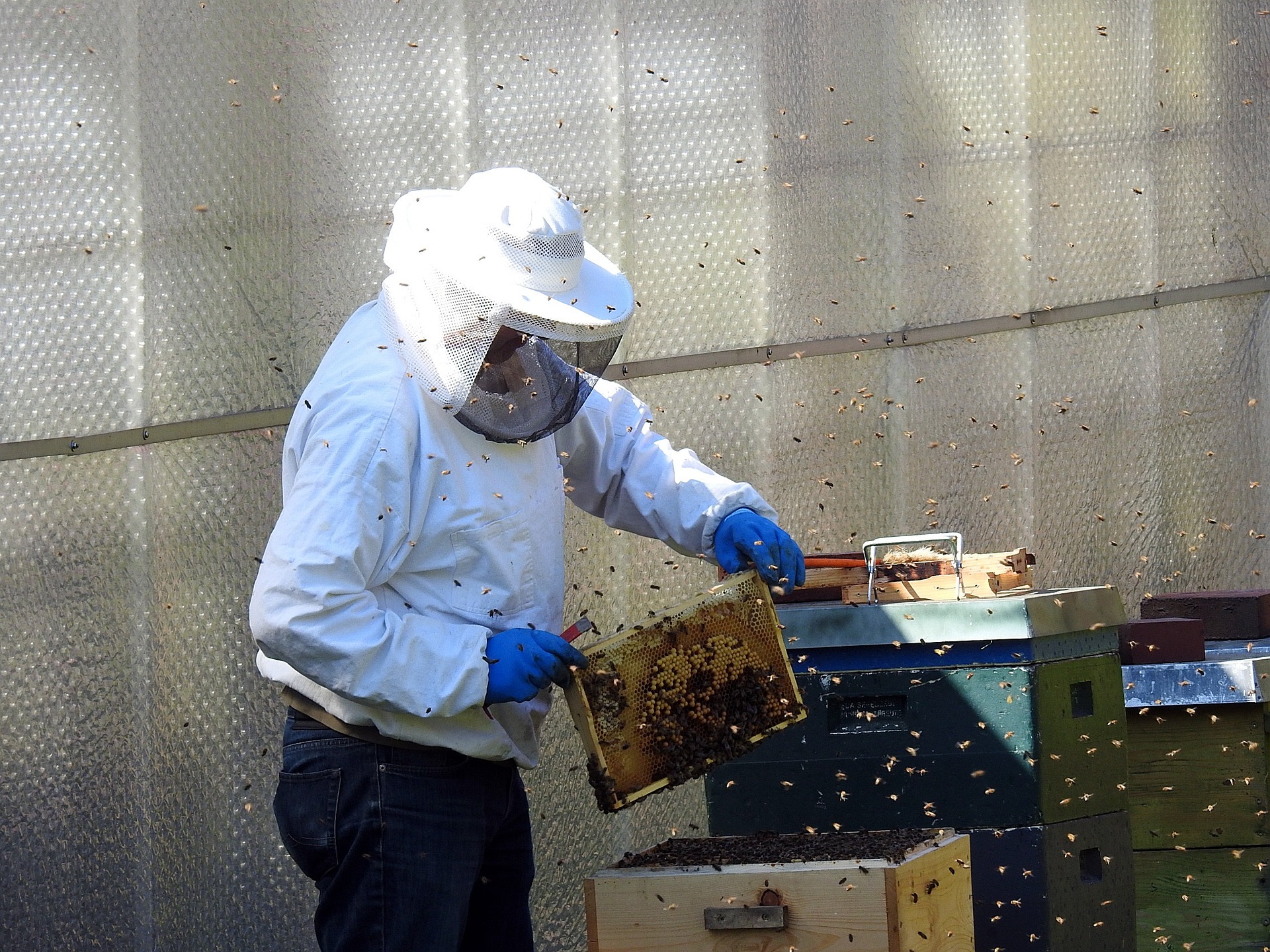The Intricate World of Insect Pets: A Peek into the Fascinating Lives of Pet Bugs
Introduction: In a world where dogs and cats reign as the beloved household pets, there's a lesser-known, yet intriguing trend gaining traction: keeping insects as pets. From exotic beetles to stunning butterflies, these tiny critters offer a unique and rewarding pet-keeping experience. This article delves into the fascinating world of pet insects, their care, and the reasons behind their growing popularity.

Delving into the History and Popularity of Insect Pets
The practice of keeping insects as pets dates back to ancient times. In Japan, for example, the tradition of raising beetles dates back to the 17th century. Recently, this niche hobby has been gaining popularity worldwide, driven by the growing interest in sustainable and low-maintenance pets.
Current Trends and Developments in the Pet Insect Industry
In recent years, the pet insect market has seen significant growth. More pet stores are stocking up on insect habitats and food, while online communities for insect enthusiasts continue to expand. Some insects, like the stag beetle, have even become status symbols in certain cultures, with rare specimens fetching high prices.
Cost and Market Impact of the Pet Insect Trend
The cost of keeping an insect pet can vary widely, depending on the species and its care requirements. Entry-level insects like stick insects or mealworms are quite affordable, while exotic beetles or ants can cost several hundreds of dollars. This trend has led to a noticeable increase in the demand for insect-related products, positively impacting the pet industry.
The Science Behind Insect Care
Keeping insects as pets requires a good understanding of their needs. This includes providing the right habitat, diet, and environmental conditions. The research supporting these care practices is extensive, demonstrating that even the smallest creatures need careful attention to thrive.
The Unique Benefits and Challenges of Insect Keeping
Insect pets offer several unique benefits, such as teaching responsibility, fostering an appreciation for nature, and being low-maintenance compared to traditional pets. However, they also pose particular challenges, including their short lifespan and the need for specialized care.
In a world dominated by traditional pets, insects offer a fascinating alternative. They challenge our understanding of what it means to be a pet owner and broaden our appreciation for the diverse forms of life on our planet. As the trend continues to grow, it will undoubtedly contribute to a deeper understanding and respect for these tiny creatures and their important role in our ecosystems.




